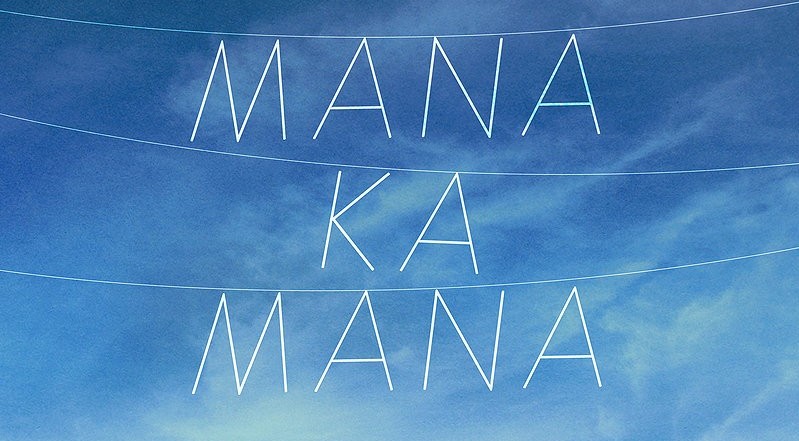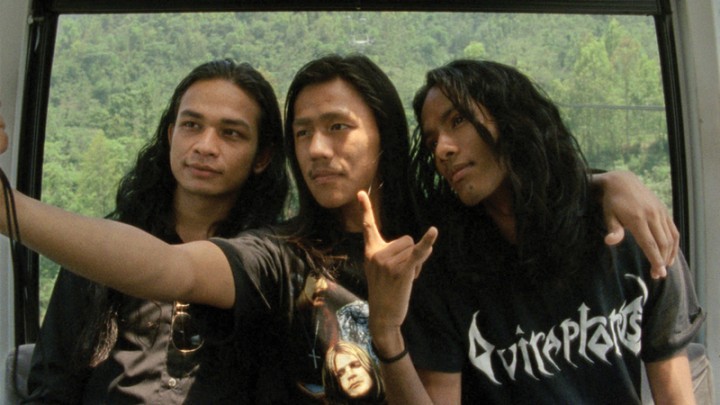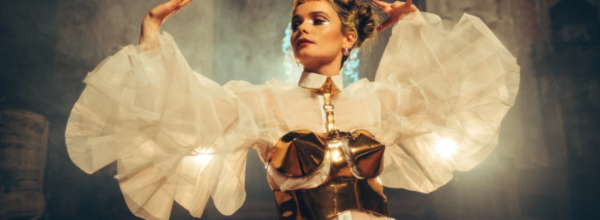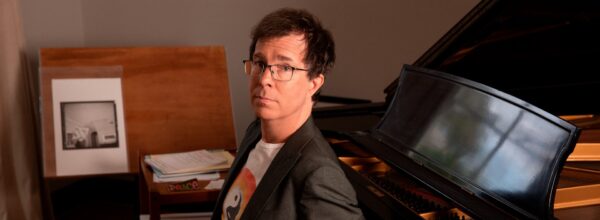 20th February 2015
20th February 2015
The Sensory Ethnography Lab, located at Harvard University, has been responsible for promoting innovative approaches to aesthetics and ethnography, harnessing analogue and digital media to explore the ontology of the natural and unnatural world. Two years ago it brought us Leviathan, whereby GoPro cameras were used to meander through various imaginings of a commercial fishing trawler. Creating a kind of hyper-realism and viewer experience that 3D cinema can only dream of, the result was a sensory overload, a labour-intensive viewing. As fish guts slopped about juxtaposed with the banal activities of trawlermen and the monstrous machinery of the boat, the documentary was highly affective, registering in the very body of the viewer.
For the latest excursion, Manakamana, there is a divergence in approach. The Hindu Manakamana Temple is almost a mile above sea level, but instead of a lengthy journey on foot, worshippers can now take a 10-minute cable car journey up in to the mountains to pray at this sacred place. To record the airborne steps of the Nepalese pilgrims, co-directors Stephanie Spray and Pacho Velez installed a 16mm camera in the cable car.
Realism is the name of the game here, the 10-minute journeys left unedited, the shots continuous from only a single head-on angle. The idea is that we are witnessing the contradiction of contemporary Nepali lives, the traditional – religious worship and a timeless pilgrimage – converging with the modern industrial mechanics of the new form of transport. In the first journey we see a grandfather and grandson sitting silently together, their generational distance a neat conveyor of the aforementioned convergence.

It is not entirely clear whether the passengers are aware of the camera. When a lone woman carrying flowers smiles shyly, is she amused by the camera, or are her thoughts elsewhere? Either way, all animal life is on show: an ageing couple who produce a chicken; a trio of young long-haired metal fans taking selfies; chattering ladies marvelling at the changes around them; two musicians tuning their instruments; two ladies with dripping ice creams; and a cage of bleating goats.
Manakamana can been hailed for picking up on the meandering nature of being, for its almost belligerent insistence on stripped-down cinematography – in fact, it could be argued whether it even utilises cinematography at all. While it is long for a film where essentially nothing happens, and for the most part offers little to the viewer raised on 60-second Youtube clips and Michael Bay explosions, to criticise it on these grounds would be to miss the very point of the film. Running totally in line with the Sensory Ethnography Lab’s modus operandi, this is a highly experimental cinematic experience, charting the subtle intricacies of a highly restricted space.
Manakamana is out now on DVD and VOD.
7/10
Conal Dougan












